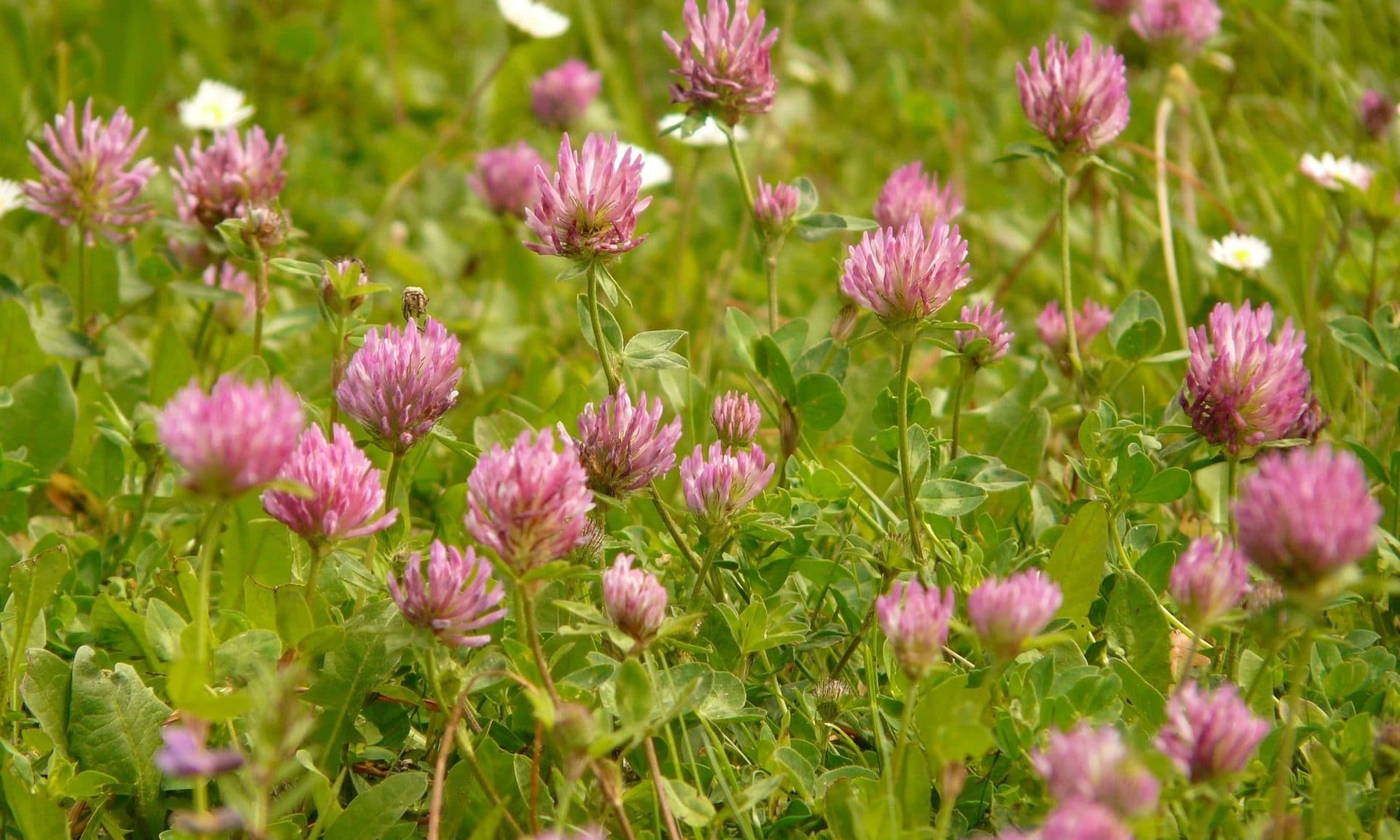 Hot flushes, the most frequent menopausal symptom, are sudden or mild waves of heat on the upper part of the body that last from 30 seconds to a few minutes, caused by a decreased estrogen production during menopause. The way your body regulates temperature is affected and this leads straight to hot flushes.
Hot flushes, the most frequent menopausal symptom, are sudden or mild waves of heat on the upper part of the body that last from 30 seconds to a few minutes, caused by a decreased estrogen production during menopause. The way your body regulates temperature is affected and this leads straight to hot flushes.
We control our body temperature by dilating and constricting our blood vessels to regulate the flow of blood throughout our bodies. The temperature in the center of the body, where our organs are, is usually warmer than the temperature of our skin. When we feel chilled, our bodies will seek to protect the core warmth by constricting tiny blood vessels just under the skin so that less warm blood flows up to the skin and less chilled blood flows back into the center of the body. When we are very warm, the process reverses. The tiny blood vessels expand, and more warm blood flows up to the relatively cooler surface of the skin, then circulates back to cool our organs.
Symptoms of hot flushes
Hot flushes (or hot flashes) are a sudden feeling of intense heat over your face and upper body, which is sometimes accompanied by reddening of the skin and sweating. At menopause, when the estrogen is not forthcoming, areas of your brain that regulate your body temperature by controlling the dilation and constriction of blood vessels go haywire. The result are hot flushes. Eight of ten American women experience hot flushes at menopause. Hot flushes tend to occur more often late in the day, after you eat or drink something hot, in hot weather, or at any time of the day when you are tense. For most women, the frequency and intensity tend to diminish within three to four years. When hot flushes occur during sleep they cause night sweats. These night sweats can be so severe that the bedding can be soaked.
Hot flushes and Asian woman
But here’s a really interesting fact: Asian woman do not experience that many hot flushes as American women. The Japanese language doesn’t even have a word for hot flushes. At the very least, this suggests either Japanese women do not experience hot flushes or that they are only a mild event.
Treatment of hot flushes with estrogen
Estrogen has been the most commonly prescribed treatment for hot flushes. However, a lot of women can not take estrogen because of a history of breast cancer. Estrogen gives also distressing side effects such as irregular bleeding. Treatment of hot flashes with isoflavones does not give this side effect.
Practical tips for reducing hot flushes
- Avoid spicy foods and caffeinated beverages and hot drinks.
- Drink plenty of cold water, specially if you sweat a lot.
- Exercise and relexation will reduce the number and intensity of hot flushes.
- You should wear cotton clothing rather than synthetic fibres, as cotton absorbs more moisture. Itis also adivisible to wear different layers of clothing so that you can taken clothes off as your temperature increases.
- When hot flushes appear try to cool down the body temperature with sprays or moits wipes or switch on an electric fan.
References
Albertazzi P et al. The effect of dietary soy supplementation on hot flushes. Obstetrics and Gynecology 1998;91: 6-11
Charles L Loprinzi et al. Venlafaxine in management of hot flushes in survivors of breast cancer: a randomized controlled trial. The Lancet. Volume 356 Page 2059
Jeri AR. The effect of isoflavones phyto-estrogens in relieving hot flushes in Peruvian postmenopausal women. Paper presented at: 9th International Menopause Society World Congress on the Menopause; October 20, 1999; Yokahama, Japan.
Vasomotor symptom relief by soy isoflavone extract tablets in postmenopausal women: a multicenter, double-blind, randomized, placebo-controlled study. Menopause. 2000 Jul-Aug;7(4):236-42
